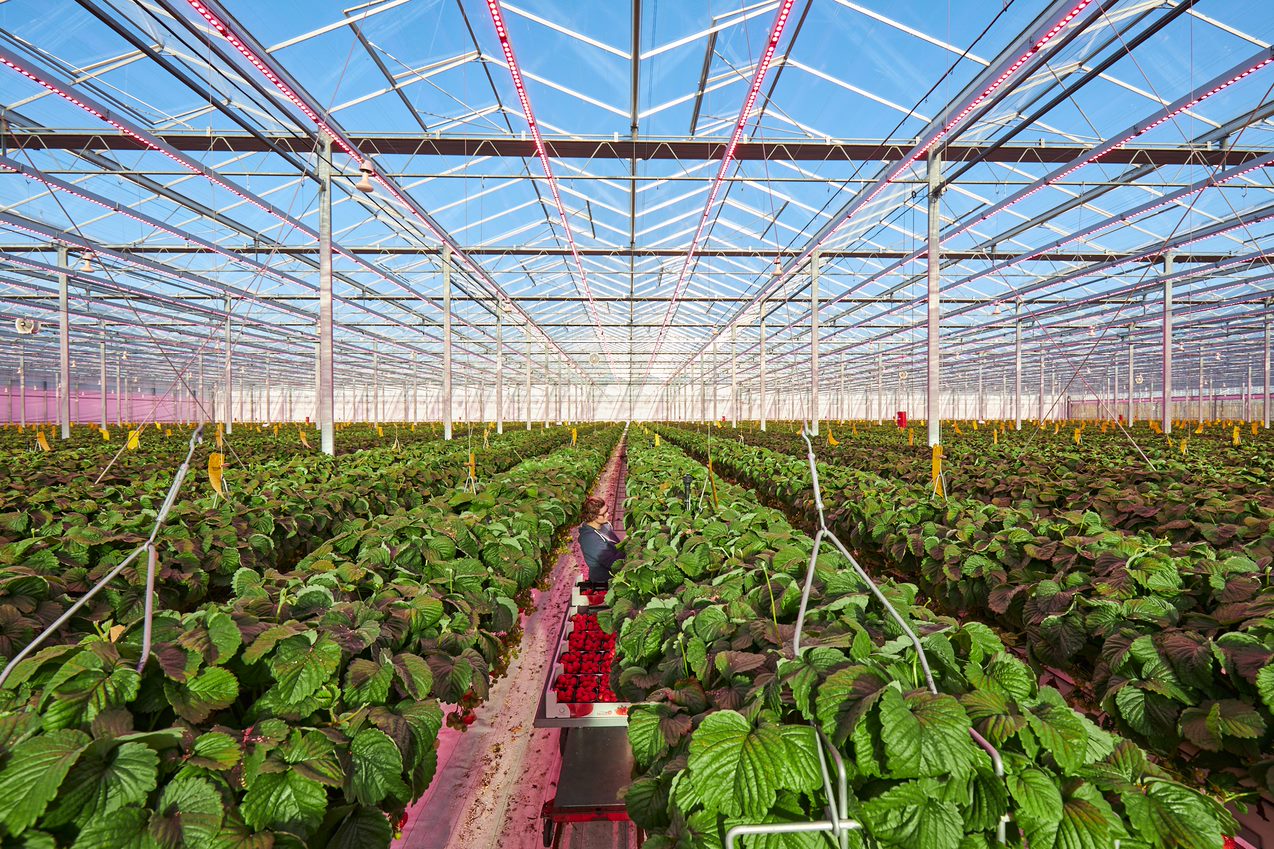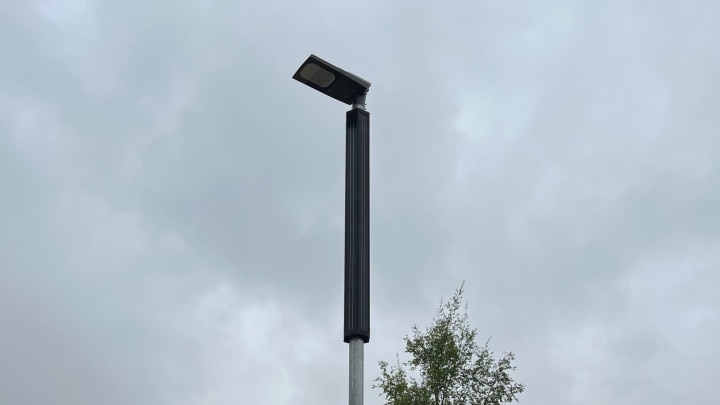15th July, 2022
LED mythbusting: why you need to rethink switching for horticulture
Turning to LED can do so much more than rescue a grower’s soaring energy bills. But it can do so too. The LED approach can significantly extend harvesting seasons, enabling consistent production of goods and supporting further business growth.
Read this blog to bust common myths and confusions surrounding LED – and many of the advantages… some which won’t have crossed your mind yet. It’s time to stop asking ‘why?’, and begin saying ‘why not’.

Sometimes, it’s easy to think we know the answers. But this stops us asking questions. I often hear growers say that LED is out of reach financially - or that it won’t offer the same fruit quality as naturally grown produce. So let’s unpick those assumptions and take a look at how LED could be the answer to the questions you didn’t know you needed to ask.
Season extension
If you are a grower who is not currently lighting, the energy crisis might well be putting you off doing so. But switching on the lights doesn’t need to start with full year-round illuminations. It might be that season extension is a better option to begin with. If we take strawberries as an example, season extension will require 55% less light than if you had full winter production. It’s not only a cheaper start but season extension also allows you to grow your business through the ability to charge higher product prices and to compete for large contract deals.
Easy savings
If you are already using lights such as high pressure sodium (HPS) ones, LED offers massive energy savings of close to 50%. And with ever-increasing energy costs, the payback period has dropped significantly in most cases.
Payback
If you are switching from HPS to LED, your payback can typically be less than three years. We also offer financing of up to five years so, on occasion, growers can actually run a cash surplus, freeing up funds for further investments.
If you’re looking to embark on lit production for the first time, your payback period will likely be around five years. Again, we have payback models that factor in energy and product cost fluctuations and make a stronger case for switching.
Specialism is the game-changer
At Signify, we believe light quality - and the quality of plants it helps produce - is of fundamental importance. It’s for that reason that we have a team of plant specialists who dedicate themselves to specific crops, drawing knowledge from all the markets we operate in, so that they are able to give specialist, expert advice to growers on what works best for them.
Light recipe
Our light recipe consists of three key ingredients: the light intensity, the spectrum and the photoperiod (that is, the hours of lighting).
Whereas HPS has only one spectrum, with LED we can tailor the percentages of PAR (photosynthetic active radiation) according to the plant - even down to the variety. This means the plant gets the absolute best lighting treatment to maximise the investment. In fact, our growers repeatedly tell us their winter crop quality is on a par with, or better than, their summer one.
Crops love consistency
By using artificial light in the winter, you’re removing one of the variables you have to contend with over the summer. Because the light the plants receive is consistent, growers tend to find their winter crops are, at the very least, as good as their summer crops in terms of quality and consistency - if not better.
Top performers
In theory you can grow anything under lights but, ultimately, some crops are more profitable than others. Lit tomato production is probably the most mature, in terms of adoption, but herbs, lettuce, strawberry and cucumber certainly aren’t too far behind. We expect peppers and blackberries to be the next crops to be lit - we’re doing trials in the UK and the Netherlands on those.
Beyond the light
Our plant specialists support growers with more than just lighting knowledge. They can help develop your business with their expertise of other factors that will also impact your growing strategy such as climate and irrigation.
Picking your people
If LED allows you to be an all-year-round grower, then it also enables you to offer full-time employment rather than purely seasonal work. This brings huge benefits in terms of workforce efficiency as you can keep a core of well-trained staff which can be ramped up during peak periods. Having this option to maintain a base level of staff resource has proved a significant boost for some growers, especially given the Brexit-induced labour shortage of recent years.
Greening up
Signify is a carbon neutral company, so growers can feel confident that the lights they are using are produced as sustainably as possible. It’s even better if your own energy source is renewable, even though your energy consumption will be reduced by around 50% if they switch from HPS to LED.
Brit appeal
There’s a growing demand from both shoppers and supermarkets for British produce that shows no sign of waning. In fact, we’ve been asked by retailers to support growers in implementing winter-lit production. The ability to supply year-round British crops puts you in with a chance to win higher value supply contracts.
Further afield
And if we look to the rest of the world, we see water shortages caused by over-extraction in regions such as Donana in Spain and in Morocco that supply our supermarkets during the winter. British growers generally have an over-supply of water and are already highly efficient in their use of it, with most recycling rainwater, giving another good reason for supermarkets to buy British all year round. (Sun and warmth we could do with a bit more of!)
Signify (Euronext: LIGHT) is the world leader in lighting for professionals and consumers and lighting for the Internet of Things. Our Philips products, Interact connected lighting systems and data-enabled services, deliver business value and transform life in homes, buildings and public spaces. In 2022, we had sales of EUR 7.5 billion, approximately 35,000 employees and a presence in over 70 countries. We unlock the extraordinary potential of light for brighter lives and a better world. We achieved carbon neutrality in our operations in 2020, have been in the Dow Jones Sustainability World Index since our IPO for six consecutive years and were named Industry Leader in 2017, 2018 and 2019. News from Signify is located at the Newsroom, Twitter, LinkedIn and Instagram. Information for investors can be found on the Investor Relations page.


February 29, 2024
Trafford is the first local authorities to install solar hybrid streetlights